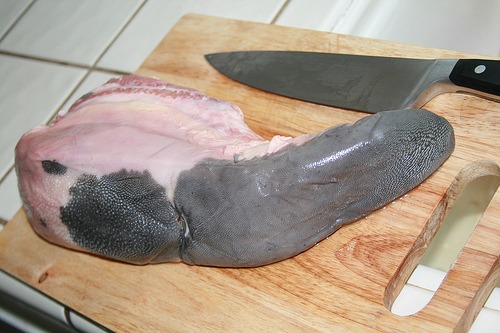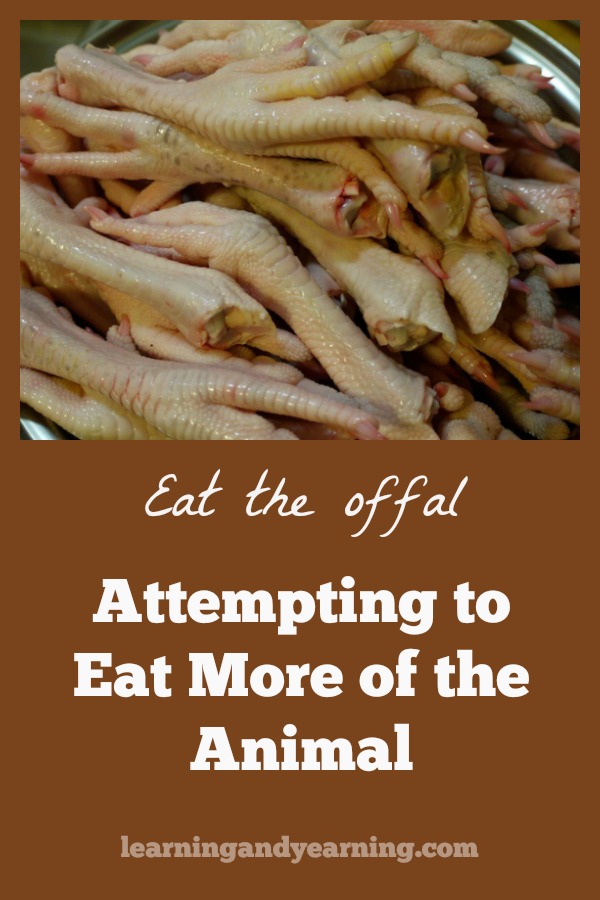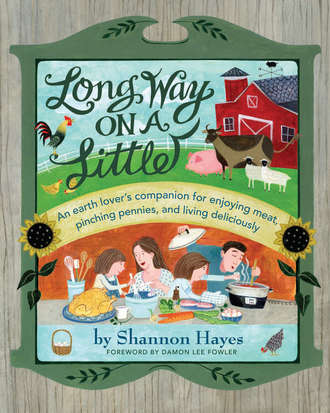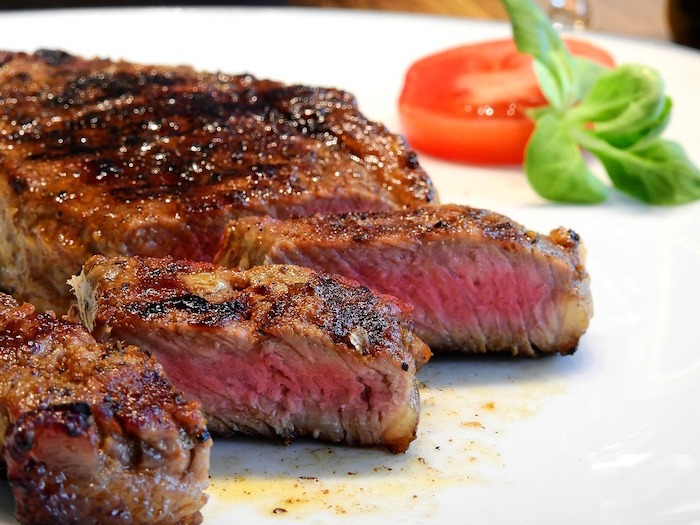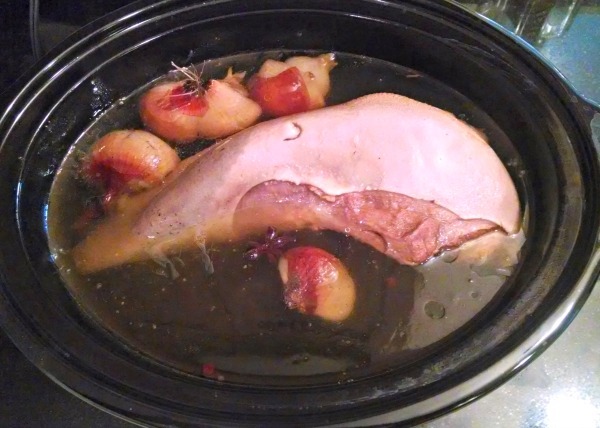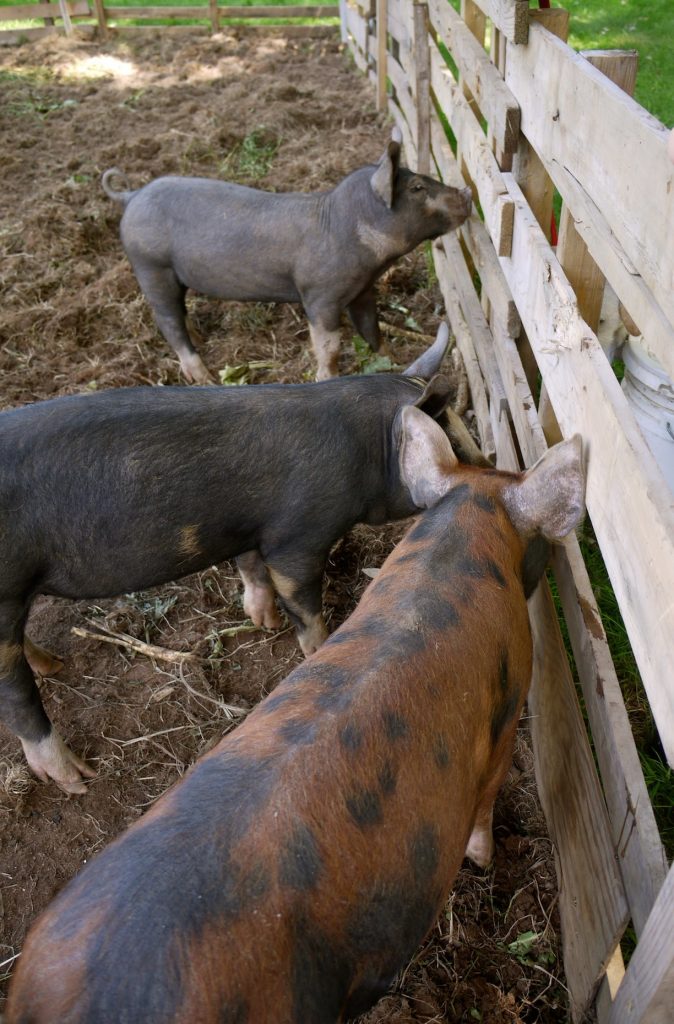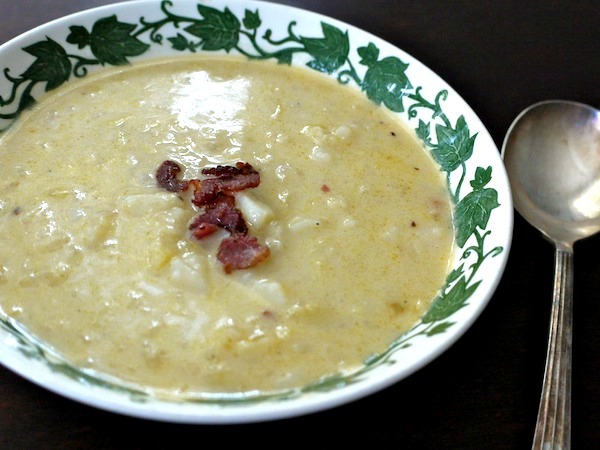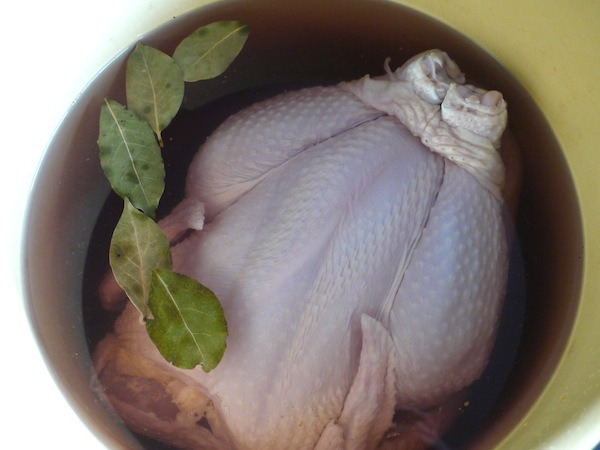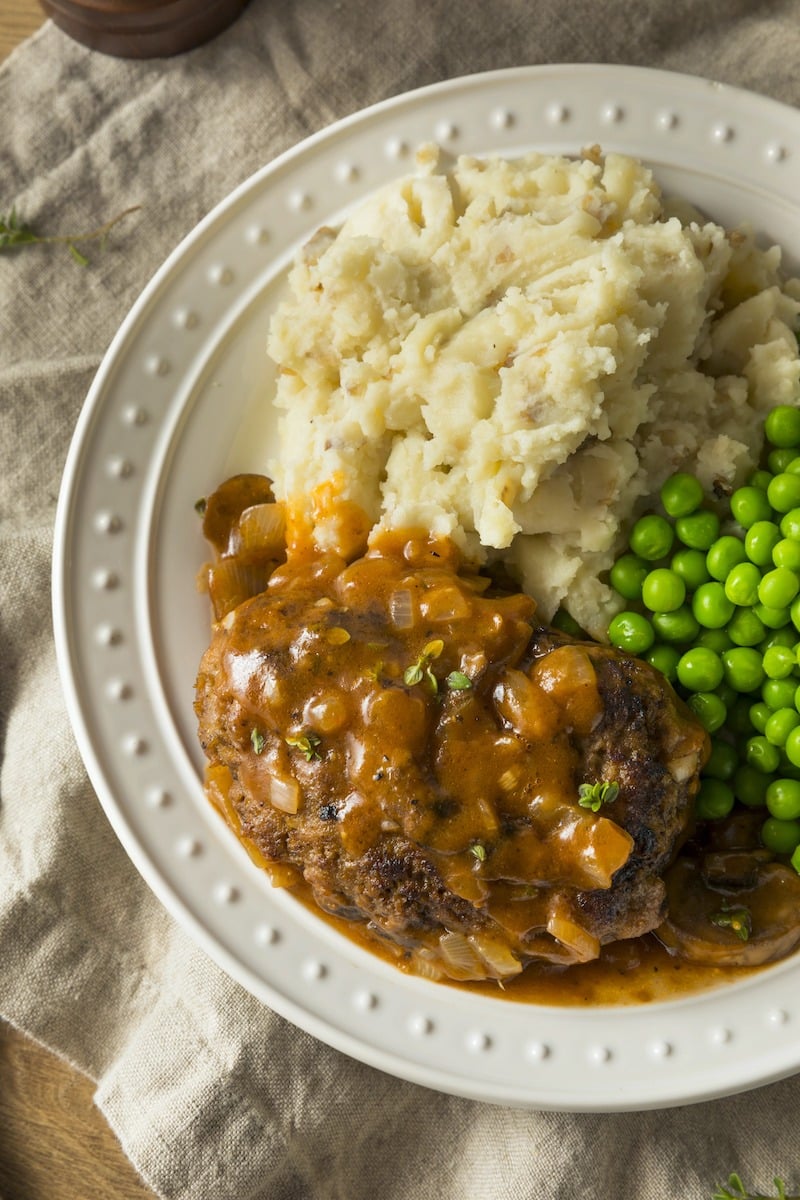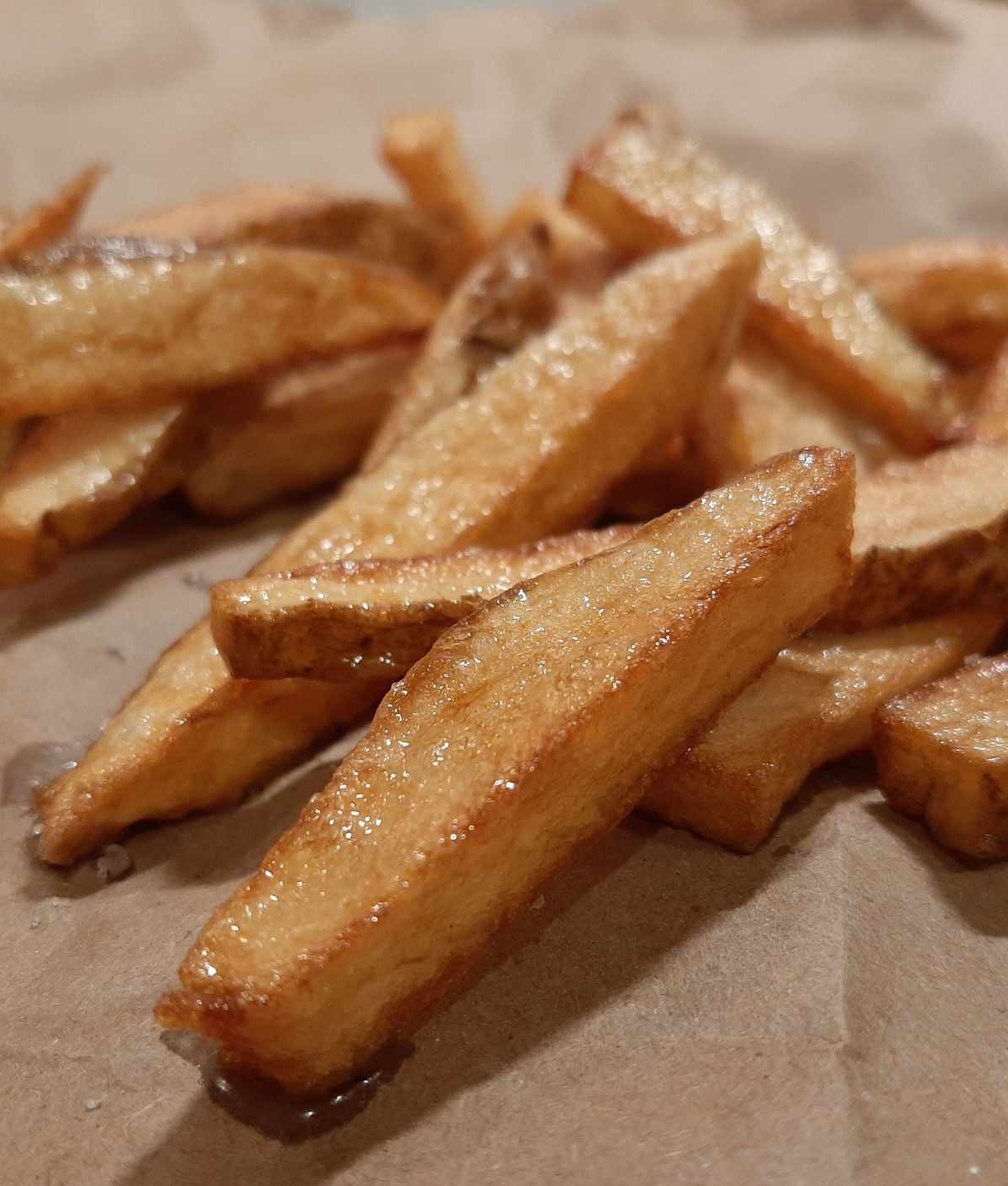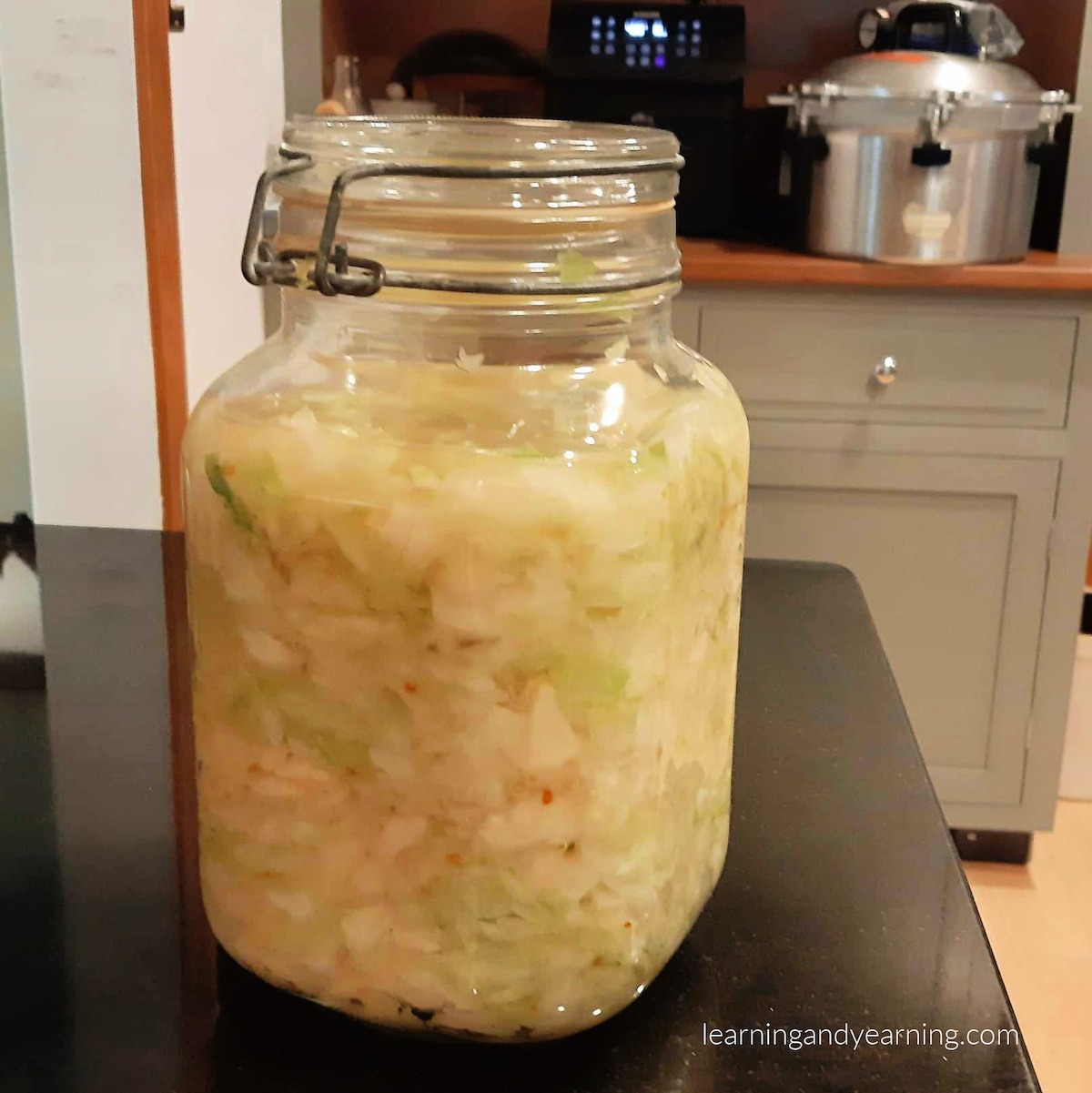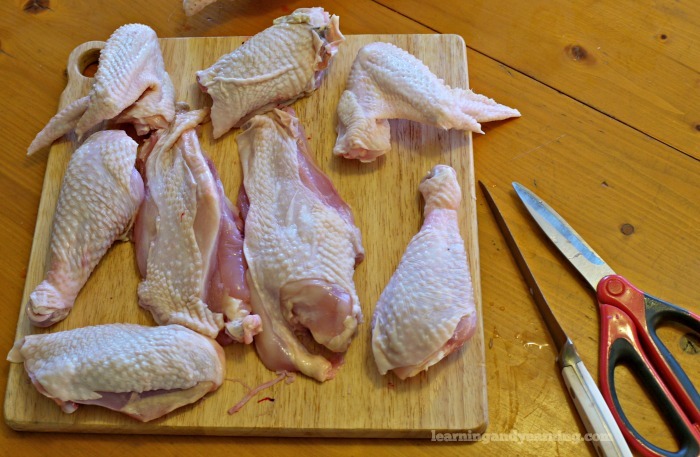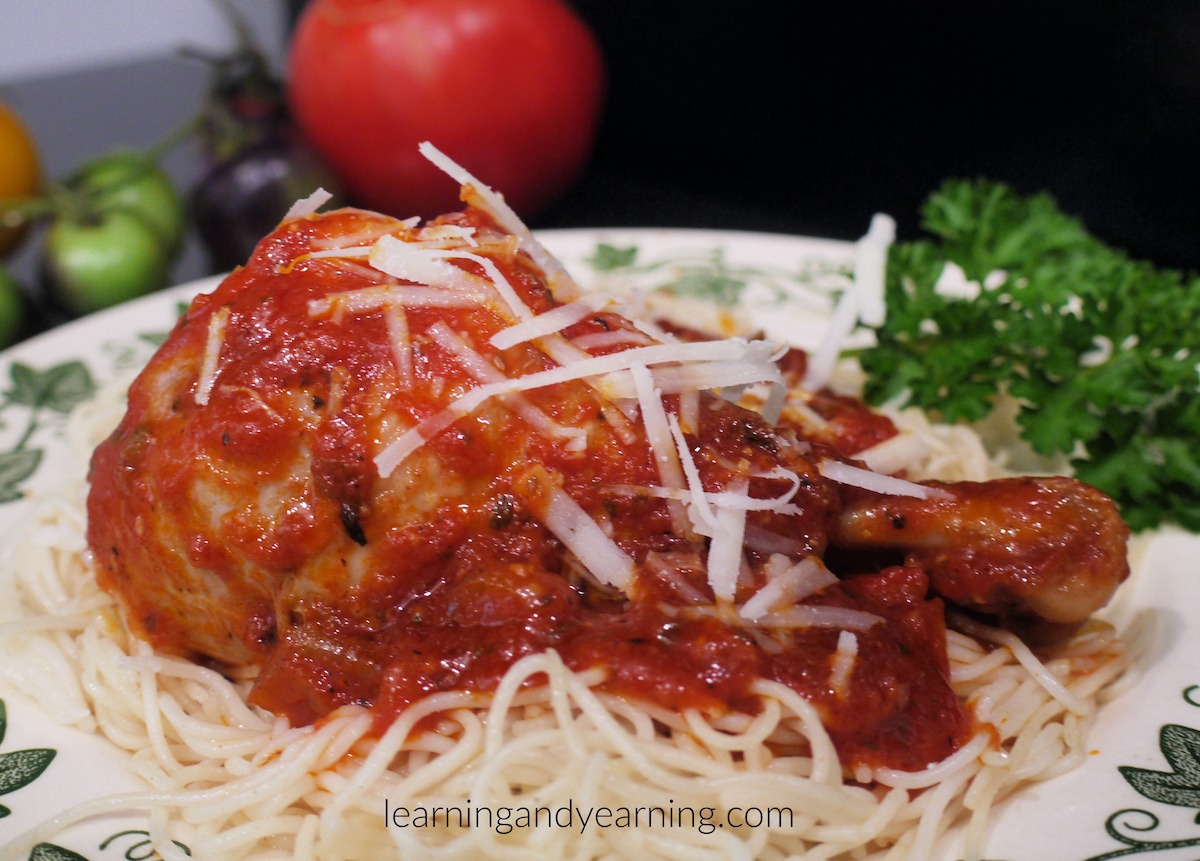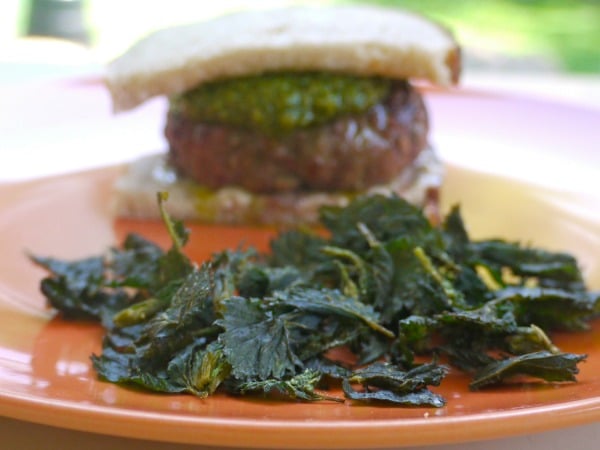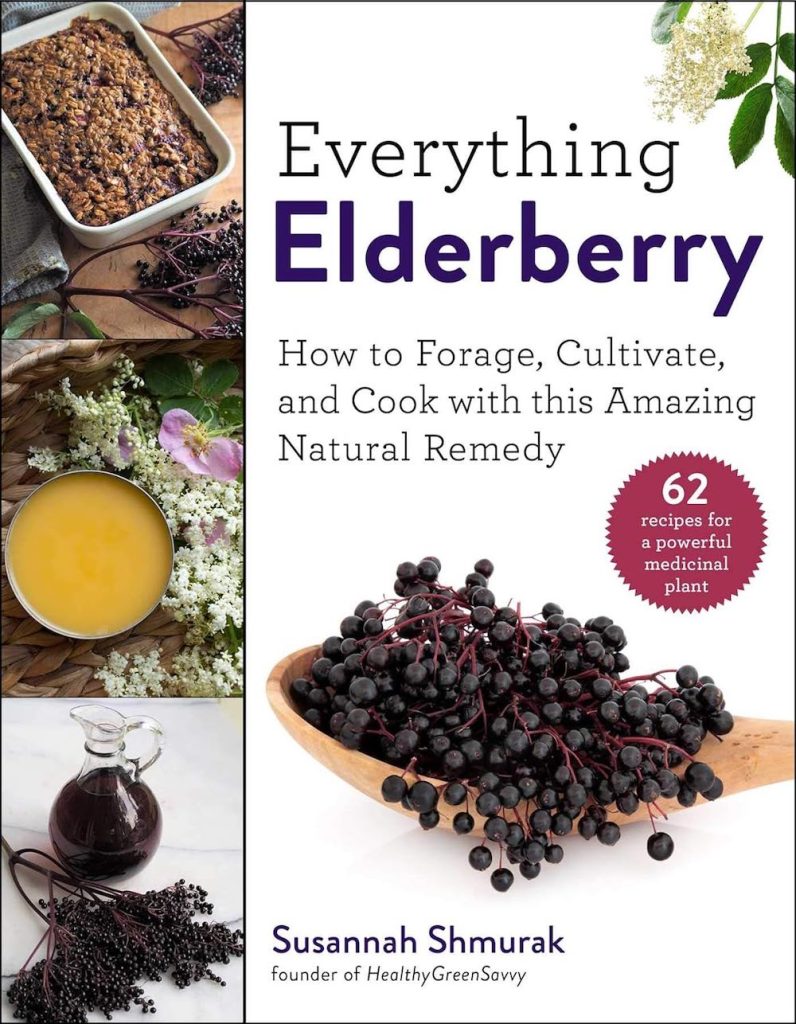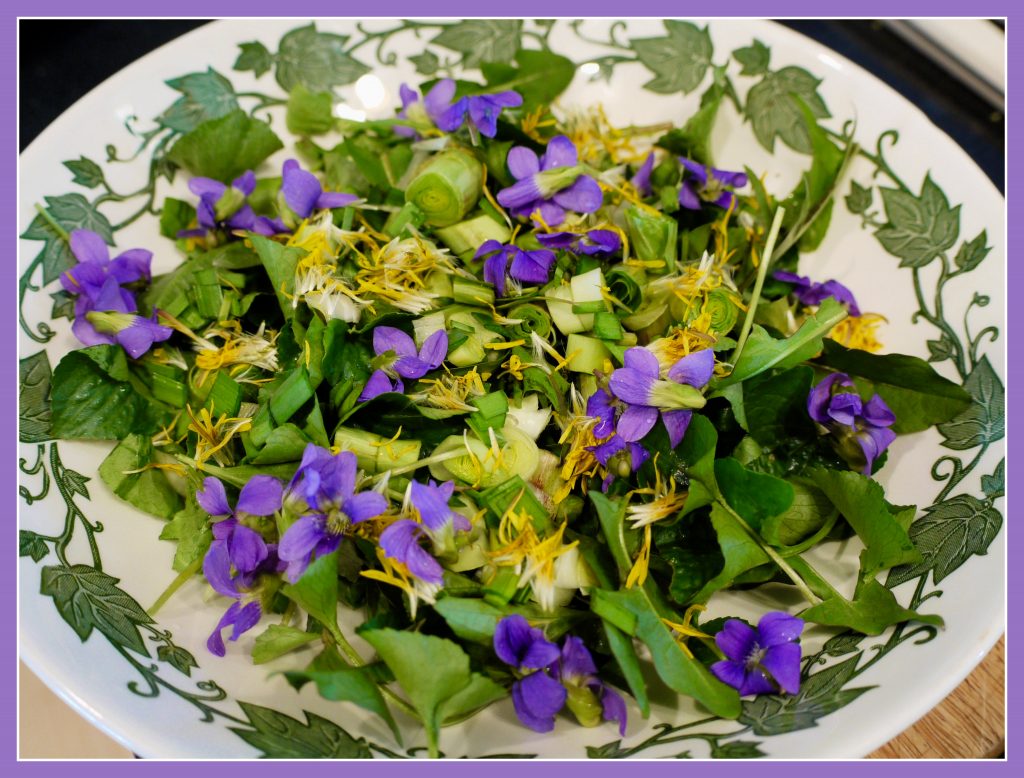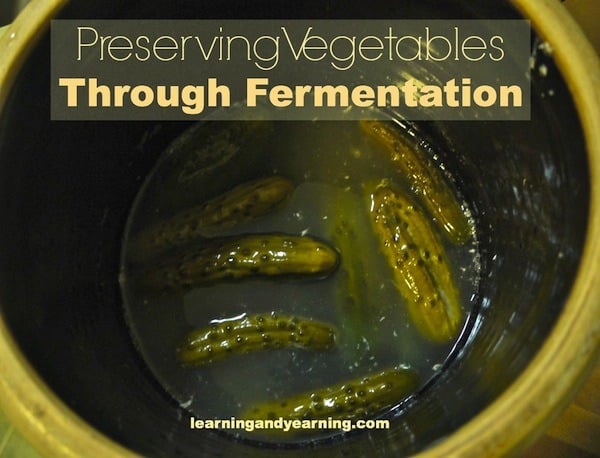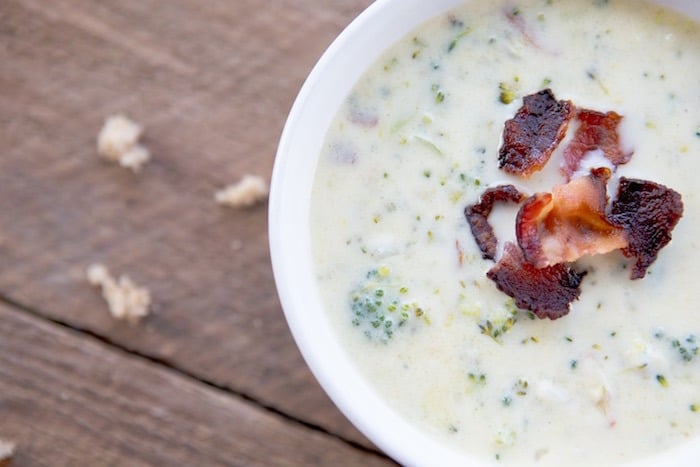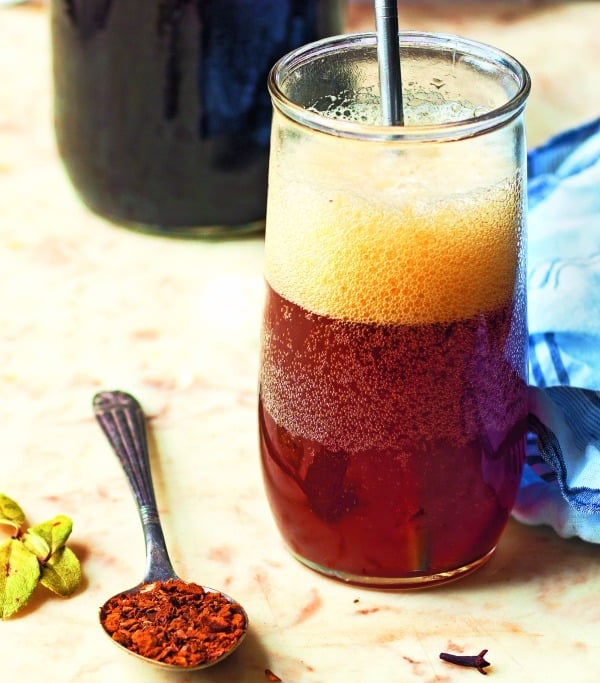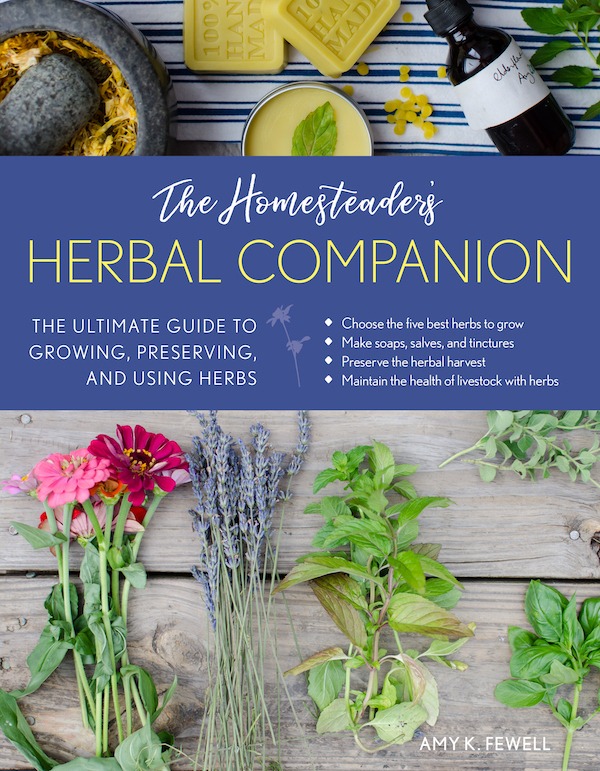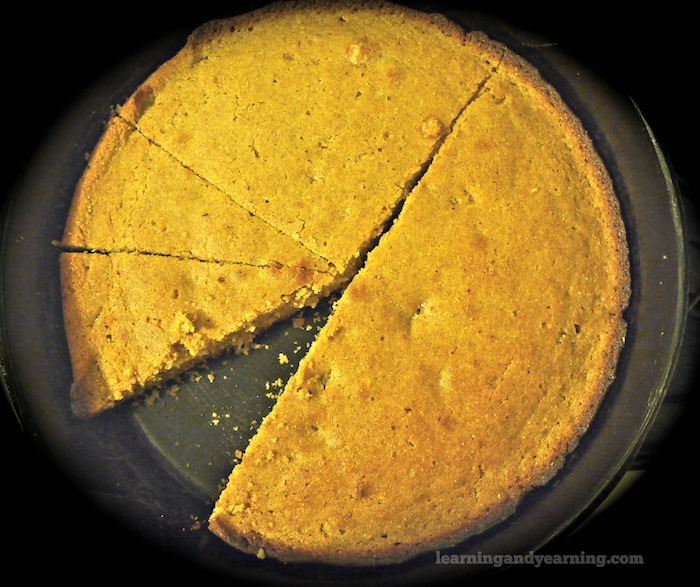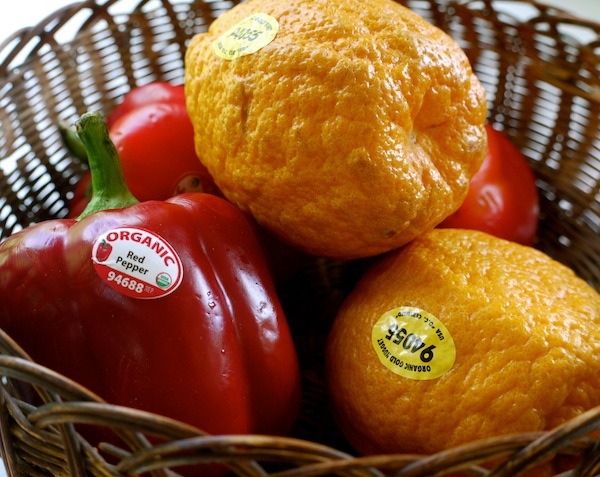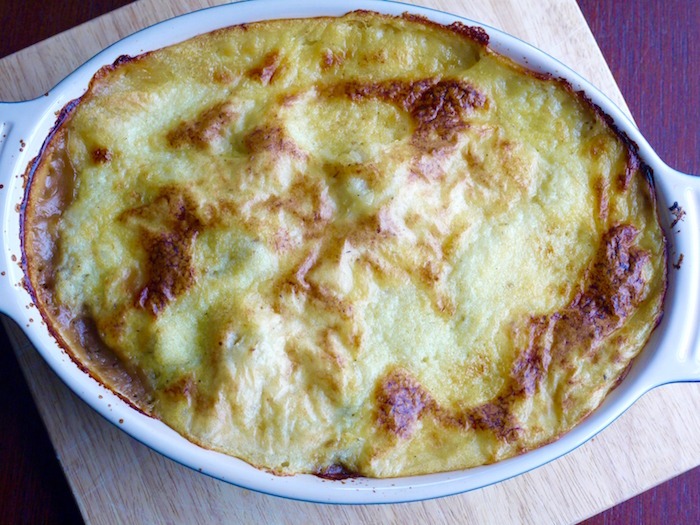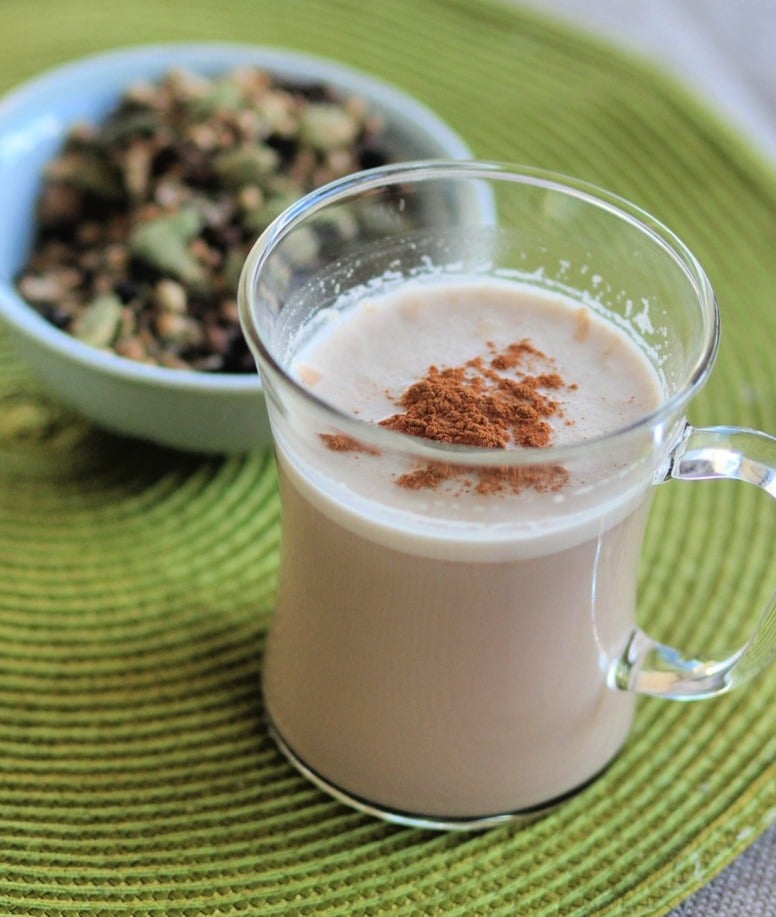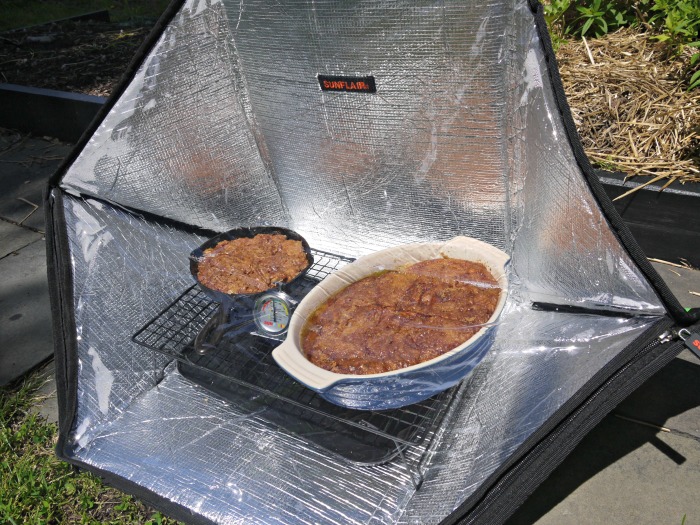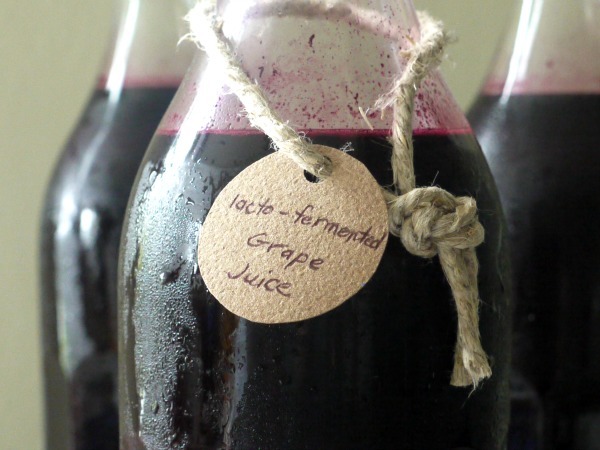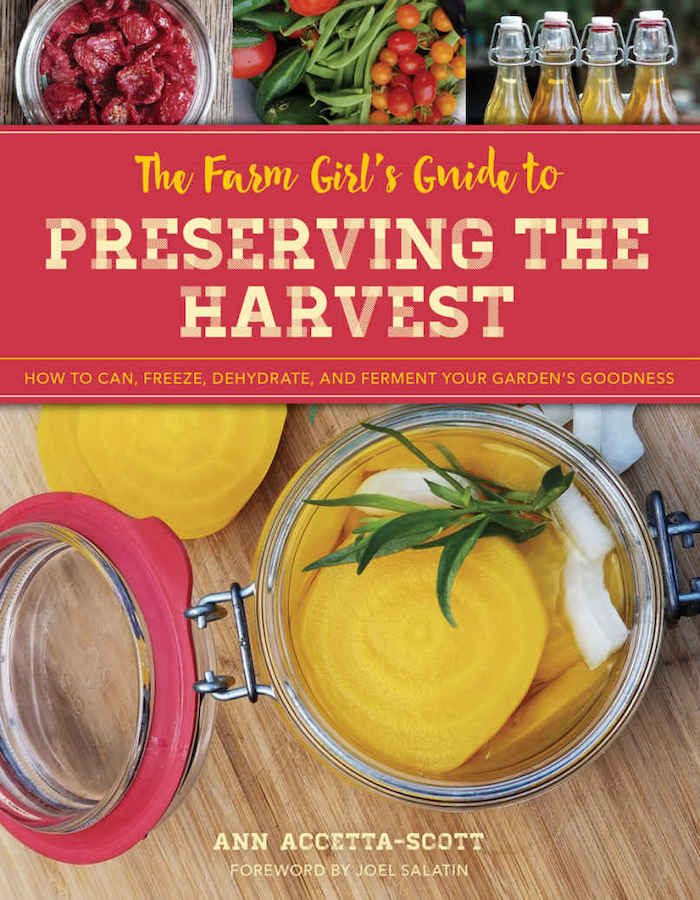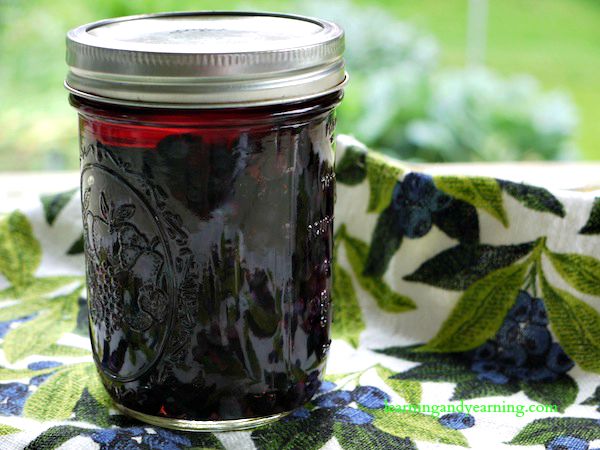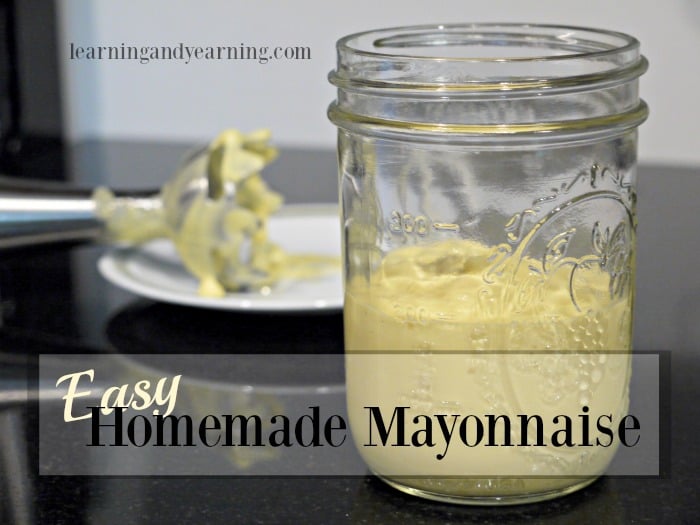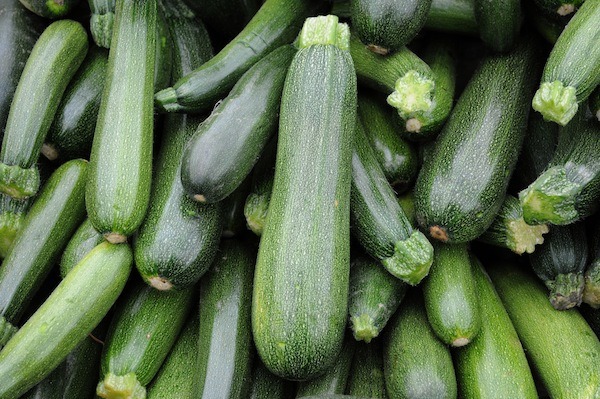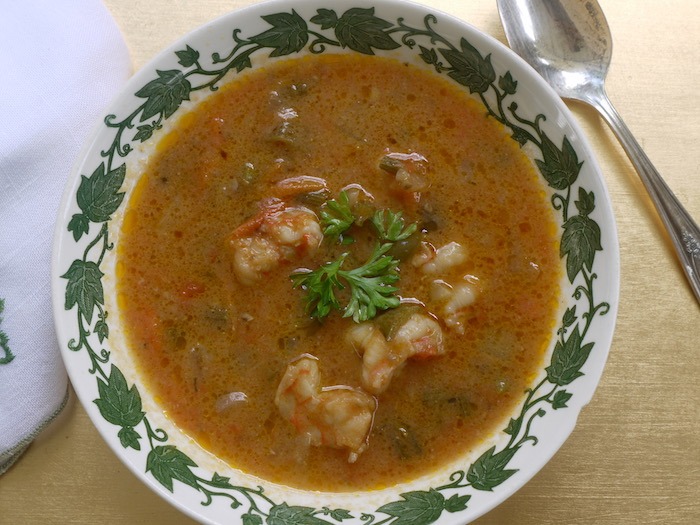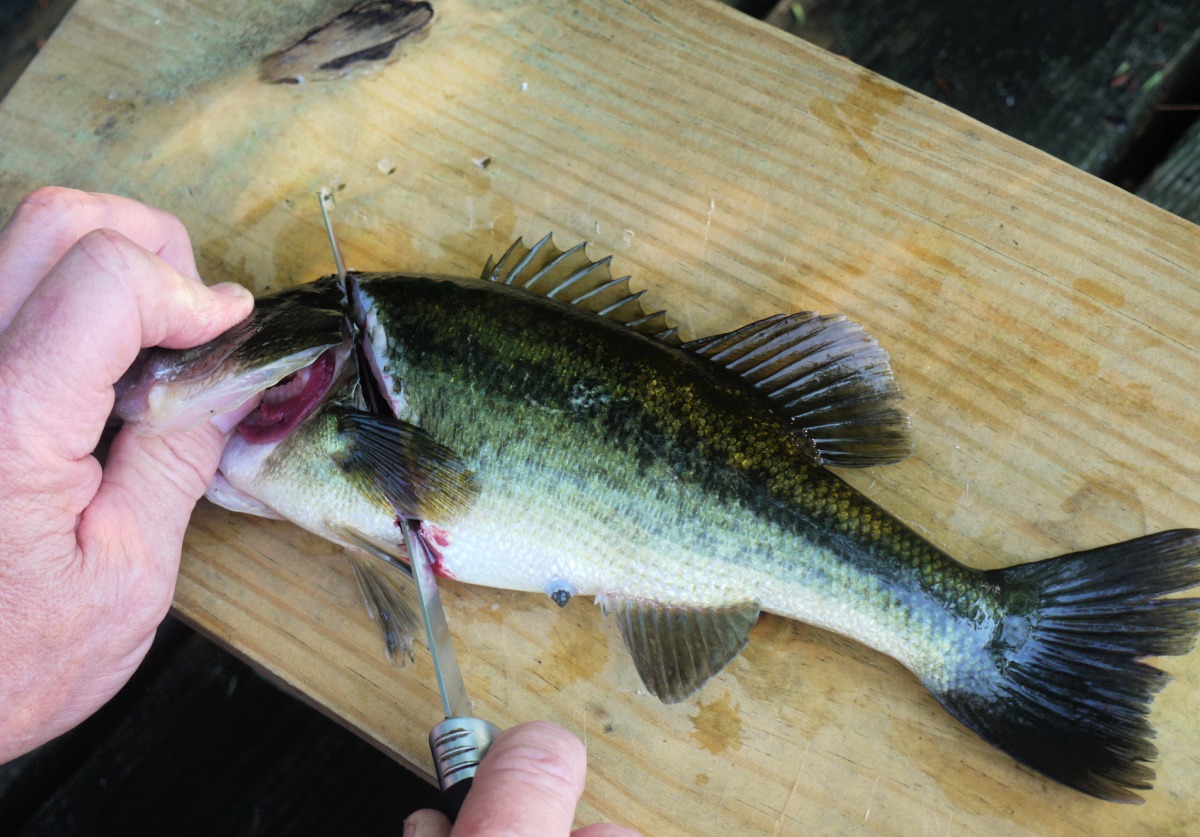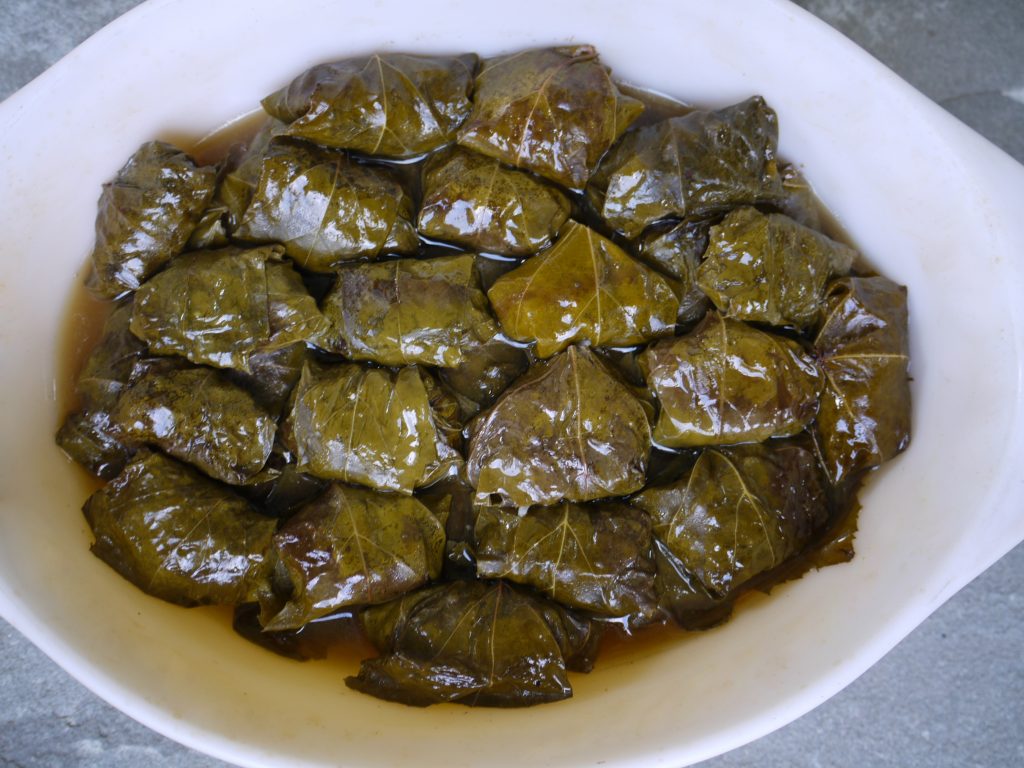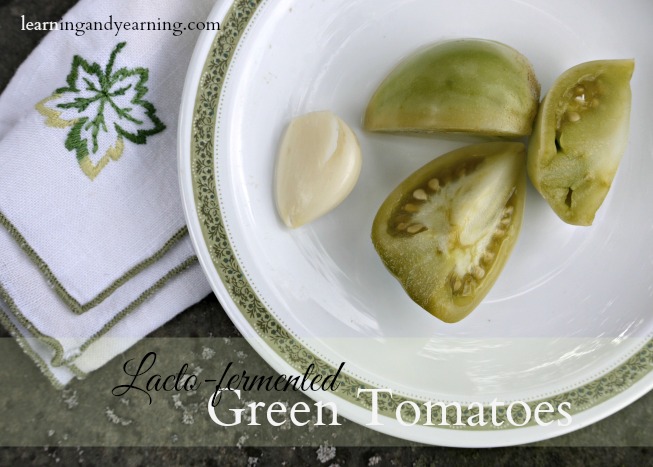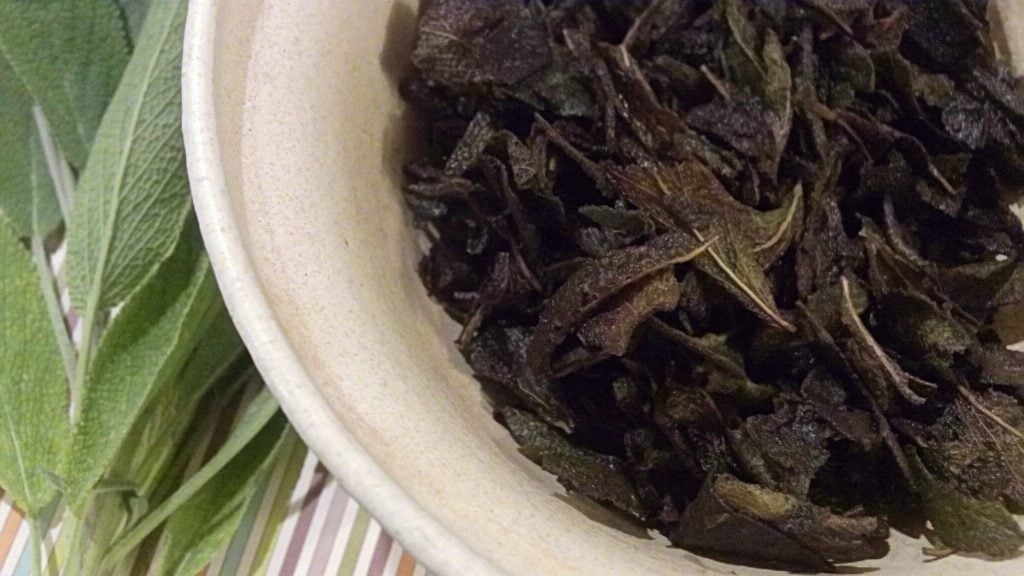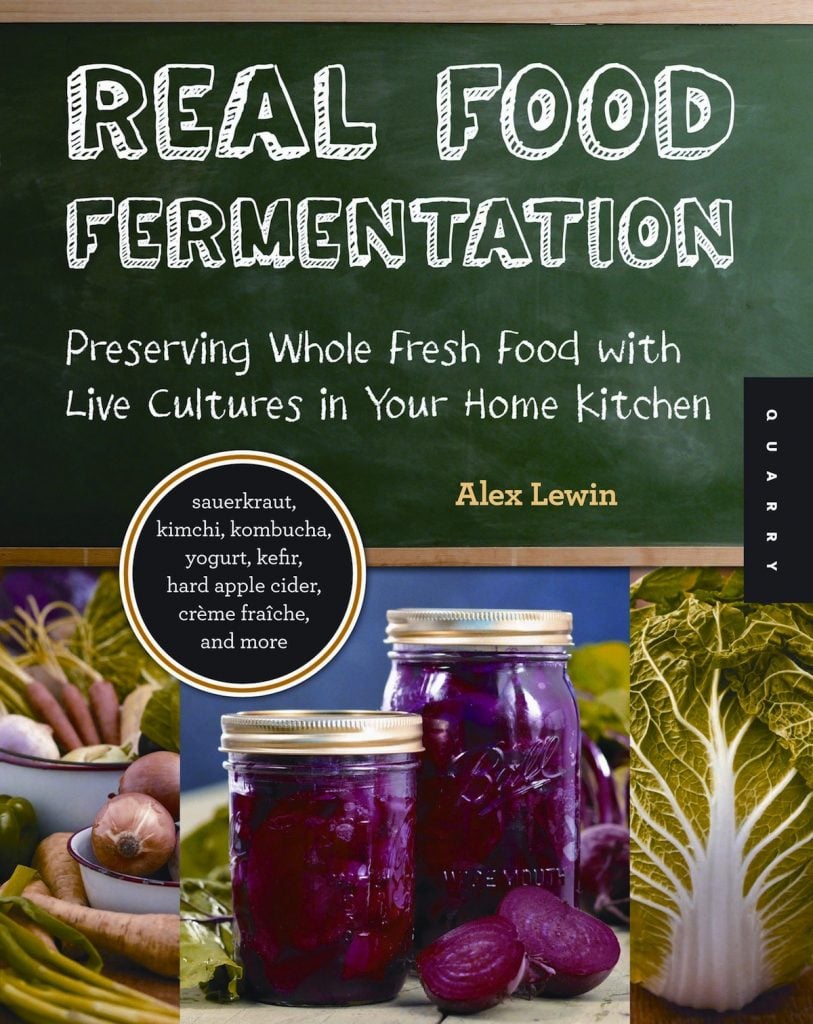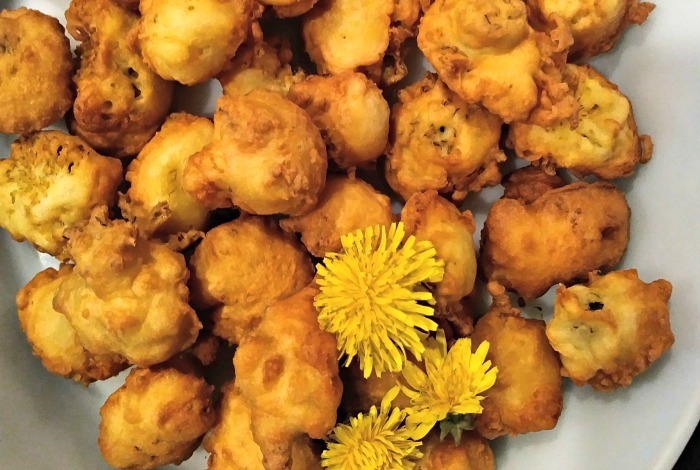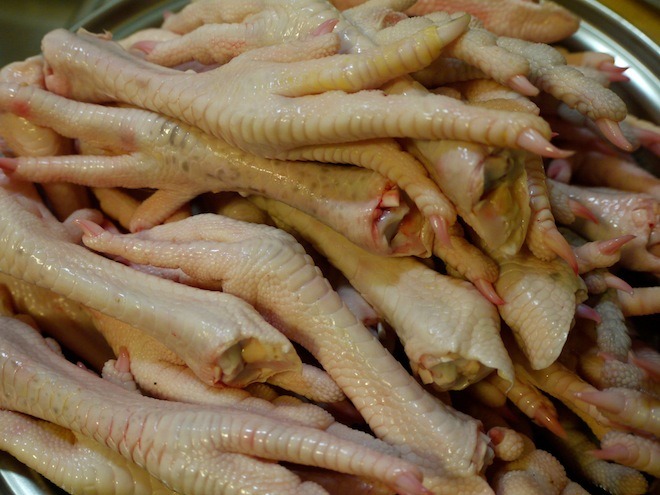
When my children were babies, I fed them liver because “it was good for them.” And, of course, my husband and I choked it down with them. As they grew, I served liver less and less until it was no longer a part of our diet.
But now that we’re eating grass-fed and pastured meat and thinking more about nutrient-dense food, I’ve had to reconsider organ meats and other parts of the animal that I previously considered waste.
Reading Long Way on a Little by Shannon Hayes convinced me that it was time to reintroduce offal into our diet. This would be good for our health and good for our pocket-book.
As Shannon Hayes reminds us, “Sustainable livestock farming cannot happen without sustainable livestock consumption. We must make use of all the gifts an animal provides when we take its life.”
Traditional cultures prized organ meats. It’s unfortunate that our culture has rejected its use since organ meats and fat are high in vitamins A, D, E and K, essential fatty acids, and macro and trace minerals.
At this point, I’m regularly preparing bone broth, rendering fat, and preparing liver. As I have access to other organs, I’ll make use of them. I’ve also begun to collect recipes, and I’ll share some of those here.
How to Use Animal Bones
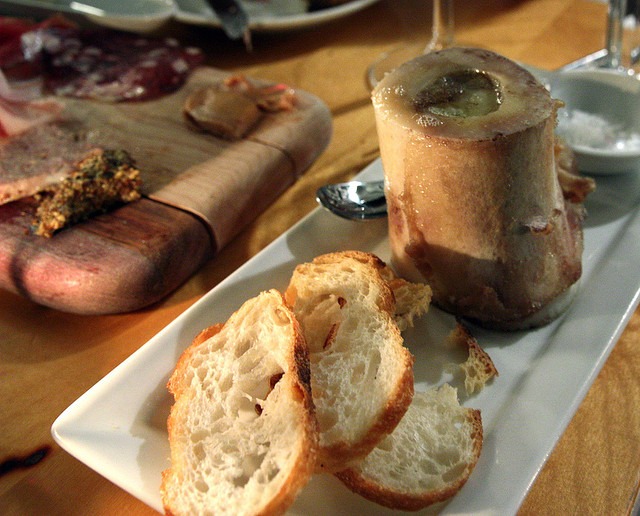
I think this is probably one of the parts of the animal that is often wasted that is easiest to incorporate into our diet. There is nothing distasteful to our senses about a pot of broth simmering on the stove.
It’s just that we’ve become too busy, too lazy, or perhaps too uninformed to make our own broth. Now that I’ve formed this habit, I wonder why I ever thought it was hard. And I could never go back to using canned or boxed broth; there is just no comparison in taste.
In addition, store-bought broth (even organic) is missing the protein-rich gelatin and electrolytes found in bone broth.
Using bones is a great way to save money. Quoting Shannon Hayes again, “Bones are one of the cheapest ways to incorporate the health benefits of grass-fed meats into your family’s diet.”
Since I wrote this post on making chicken broth, I’ve begun adding chicken feet. This insures the most gelatinous and easy to digest broth ever. Holistic Squid shares a few ways to make chicken bone broth from basic to adventurous.
With beef, the bones should be roasted first. This post explains how to make broth with beef bones.
Speaking of beef bones, have you ever eaten the marrow from them? It’s really delicious!
Fat is Essential for a Healthy Diet
What a shame that our culture has demonized fat. Assuming that it is from an animal that was raised in a healthy manner, fat helps us to absorb minerals from our food, is essential to healthy hormone production and satiates in a way that no other food can.
Animal fat makes food taste good. Who doesn’t love butter slathered on a freshly baked slice of bread?
It is preferable to vegetable oil for browning meat since it can withstand higher cooking temperatures. And it makes the best pie crust.
The next time you are getting meat from your local farmer, ask him for the fat. Pork fat can be rendered into lard and beef fat is rendered into tallow.
When making chicken broth, skim the fat off of the top and use it to grease pans or to brown meat. Do the same with beef fat.
Save bacon fat; a tablespoon on cooked vegetables is heavenly. Not only is it delicious, it saves money.
And if you’re a soap or candle maker, tallow can be used here as well. Tallow can also be used in homemade cosmetics. Remember, 20% – 30% of the animal is fat and bones, so using these parts does the most to reduce waste.
Liver is Healthy

One of my hesitations in reintroducing liver into our diet was the fact that the liver’s function is to remove toxins from the blood. It is true that the liver does not store toxins, but the toxins do pass through the liver and are likely present at the time of death.
For this reason, Sally Fallon, in Nourishing Traditions, recommends that we only purchase organic liver. I feel that we should go “beyond organic” and know your farmer and how he is raising his animals to ensure the least amount of toxins as possible.
High nutritive value will outweigh small amounts of toxins.
As far as cooking liver, the number one secret that I have discovered is to soak the liver in milk or lemon juice for several hours before proceeding with your recipe. I now love liver, and I love the boost in energy I get from it. I could eat it every day.
A lot of bloggers that I follow have great recipes for cooking liver. Gutsy’s recipe for chicken liver pate turned me into a liver lover. It’s a good recipe to start with because it also contains lots of butter.
Nourishing Joy has a few different pates. And Liver and onions is a classic way to serve beef liver.
I really liked what Thank My Body has to say about liver. She reminds us that liver does not store toxins but instead it stores a lot of powerful nutrients that the body uses against the toxins. She also shares how to make beef liver cubes to add to recipes that use ground meat.
Eat the Kidneys, Too
Yes, I’ve tasted kidneys, but have not yet cooked with them. They have a stronger flavor, so I’ll be using recipes with sauces, and lots of onions. I understand that soaking them in lemon juice helps, just as it does with liver. Here’s how to prepare kidneys.
Oxtail is Delicious
Oxtail is delicious; use it to make Korean BBQ with Oxtail.
Using Beef Tongue
It took me a while to get used to the idea of eating tongue. There was just something about the way it looked that held me back.
But we now love using tongue to cure our own corned beef.
Yes, Eat the Heart
I think I can handle this without a problem: Breaded Beef Heart.
Our ancestors used all of the animal from nose to tail and I really am of the opinion that we are doing ourselves a disservice by not at least attempting to do the same.
What great ways are you using offal?
